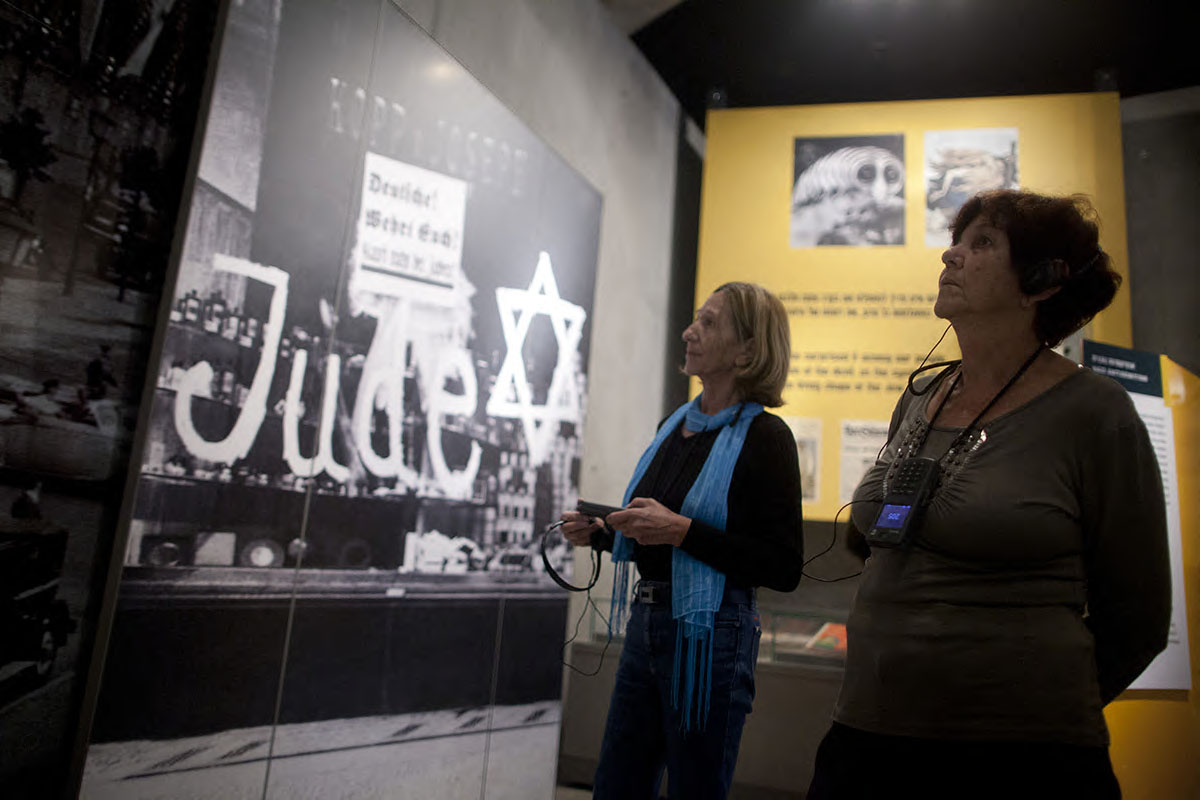Photography is a major primary resource in teaching the Holocaust in our classroom. In this page, we present a variety of teaching aids and auxiliary materials to assist the educator in using photographs in the classroom. You will find videos in which we look at some of the considerations to keep in mind when choosing and examining photographs from the Holocaust period, additional materials and resources.
Photographs are an excellent tool to use in the classroom, though, when using photographs to teach about the Holocaust we have to bear in mind that,
"Photographs have the kind of authority over imagination today, which the printed word had yesterday, and the spoken word before that. They seem utterly real. They come, we imagine, directly to us, without human meddling, and they are the most effortless food for the mind conceivable….The whole process of observing, describing, repeating and then imagining has been accomplished".1
And also that,
“[p]hotography does more than reflect reality; it also interprets it.”2
- Barbie Zelizer, Remembering to Forget: Holocaust Memory through the Camera’s Eye (Chicago and London: The University of Chicago Press, 1998), p. 9.
- Judith Levin and Daniel Uziel, “Ordinary Men, Extraordinary Photos”, Yad Vashem Studies XXVI (1998): 266.
Videos
Teaching the Holocaust Using Photographs
Teaching the Holocaust Using Photographs
Photographs as Propaganda
Photographs as Propaganda
Documentation of Atrocities: The Jewish Photographer Henryk Ross
Documentation of Atrocities: The Jewish Photographer Henryk Ross









